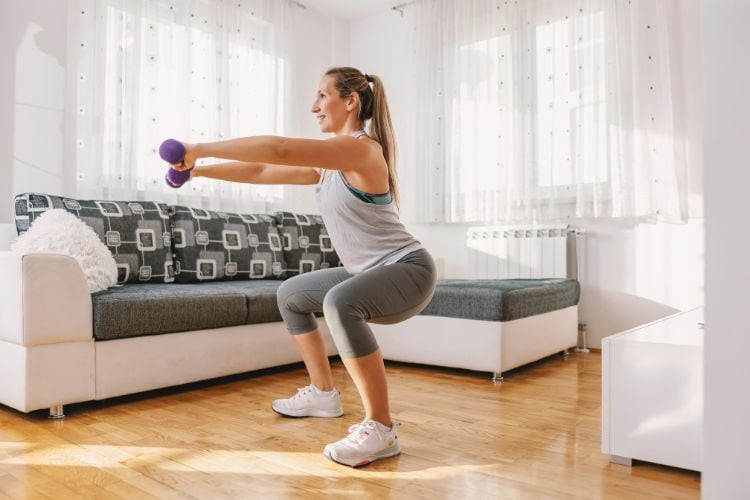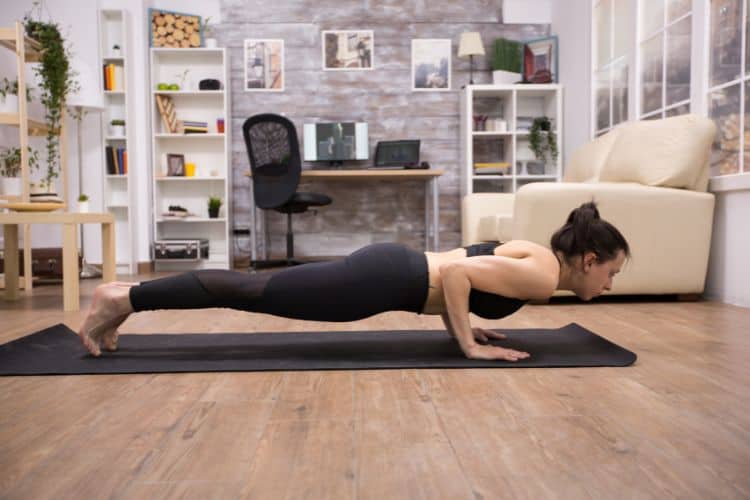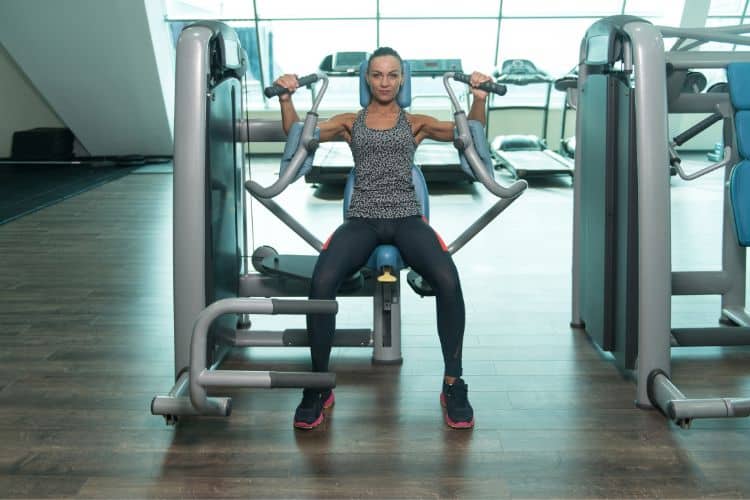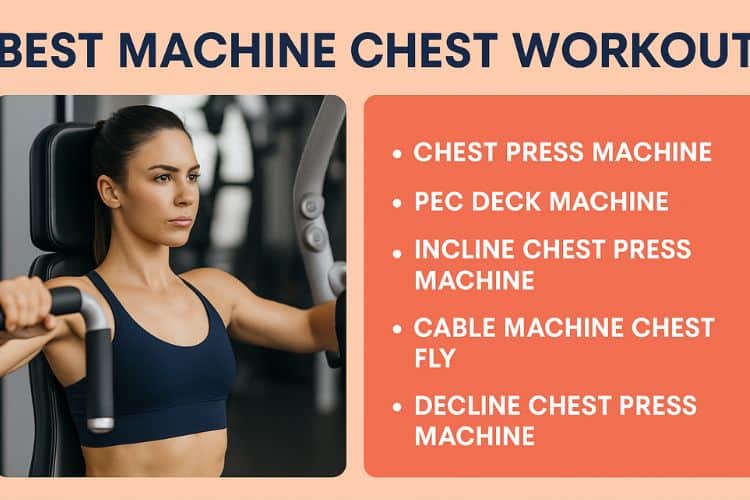Best Machine Chest Workout: Top Exercises for Strength
When it comes to building a strong, defined chest, most people think of classic free-weight exercises like the barbell bench press or dumbbell flyes. While these are excellent moves, they also require balance, stability, and proper form—which can sometimes limit beginners or lead to strain if performed incorrectly. That’s where machine chest workouts shine.
Machine-based training allows you to isolate the chest muscles more effectively, reduce the risk of injury, and maintain tension throughout the full range of motion. Whether you’re new to weight training or an advanced lifter looking for hypertrophy and control, chest machines can help you sculpt your pecs with precision.
In this guide, we’ll cover the best machine chest exercises, their benefits, how to structure a machine chest workout, and tips for success.
Why Use Machines for Chest Workouts?
1. Controlled Range of Motion
Unlike free weights, machines guide your movement along a fixed path. This helps you maintain consistent form, making chest activation more efficient.
2. Reduced Injury Risk
For beginners, stabilizing a barbell or heavy dumbbell can be overwhelming. Machines provide stability, allowing you to focus purely on contracting the chest muscles without worrying about balance.
3. Constant Muscle Tension
Most machines are designed to keep continuous tension on the pecs. This sustained pressure enhances muscle hypertrophy (growth) by maximizing time under tension.
4. Great for Isolation
Free weights often engage supporting muscles like shoulders and triceps. While that’s beneficial for compound strength, it can take focus away from the chest. Machines let you isolate the chest for targeted development.
Anatomy of the Chest Muscles
To understand why machine workouts are effective, let’s break down the chest muscles:
- Pectoralis Major: The large, fan-shaped muscle covering most of the upper chest. It has two parts:
- Clavicular head (upper chest) – targeted with incline movements.
- Sternal head (middle/lower chest) – targeted with flat or decline movements.
- Pectoralis Minor: A smaller, deeper muscle that supports chest stabilization.
- Supporting Muscles: Shoulders (deltoids) and triceps often assist in pressing motions, but machines minimize their involvement so the pecs do most of the work.
Knowing these areas helps in choosing the right machine exercises for balanced chest development.
Best Machine Chest Workout Exercises
Here are the top machine chest workouts you should include in your training plan:
1. Chest Press Machine
- Primary Target: Mid to lower chest
- How to Do It:
- Sit with your back flat against the pad.
- Adjust seat height so handles are aligned with mid-chest.
- Grip the handles, push forward, and extend arms fully without locking elbows.
- Slowly return under control.
- Why It’s Great: This is the machine equivalent of the bench press, offering chest development with added stability.
2. Pec Deck Machine (Butterfly) Chest Workout
- Primary Target: Inner chest
- How to Do It:
- Sit upright with arms placed on padded levers.
- Bring arms together in front of your chest.
- Squeeze pecs at peak contraction, then slowly release.
- Why It’s Great: One of the best machines for isolating the chest and improving definition across the inner pec line.
3. Incline Chest Press Machine
- Primary Target: Upper chest
- How to Do It:
- Set the seat so handles align just below your collarbone.
- Press upward at an incline angle.
- Lower with control for full stretch.
- Why It’s Great: Builds the upper pecs, giving your chest that lifted, aesthetic look.
4. Cable Machine Chest Fly Workout
- Primary Target: Inner and outer chest
- How to Do It:
- Stand in the middle of a cable crossover machine.
- Hold handles with arms slightly bent.
- Bring arms together in a hugging motion.
- Slowly return to the start.
- Why It’s Great: Unlike the pec deck, cables allow for constant tension through a wide range of motion. Perfect for shaping the chest.
5. Decline Chest Press Machine
- Primary Target: Lower chest
- How to Do It:
- Sit with handles positioned near the lower chest line.
- Push forward and slightly downward.
- Return under control.
- Why It’s Great: Completes the full pec development by focusing on the lower chest fibers.
6. Smith Machine Bench Press Chest workout
- Primary Target: Mid-chest
- How to Do It:
- Lie on a flat bench under the Smith machine bar.
- Grip slightly wider than shoulders.
- Lower to mid-chest and press back up.
- Why It’s Great: Offers free-weight mechanics with safety and stability. Great for progressive overload.
7. Cable Low-to-High Fly
- Primary Target: Upper inner chest
- How to Do It:
- Set cables at the lowest position.
- Pull handles upward in a diagonal hugging motion.
- Squeeze at the top, then lower slowly.
- Why It’s Great: An excellent move to carve out the upper chest with focused contraction.
Sample Machine Chest Workout Routine
Here’s a balanced chest machine workout you can try:
- Chest Press Machine – 4 sets of 10–12 reps
- Incline Chest Press Machine – 3 sets of 8–10 reps
- Pec Deck Fly – 3 sets of 12–15 reps
- Cable Crossover (mid-height) – 3 sets of 12 reps
- Decline Chest Press Machine – 3 sets of 10 reps
- Smith Machine Bench Press – 4 sets of 6–8 reps (strength focus)
Training Tips for Machine Chest Workouts
Progressive Overload
Gradually increase weight or reps to keep muscles challenged and growing.
Mind-Muscle Connection
Focus on squeezing the pecs during every rep rather than just pushing the weight.
Adjust Seat and Handles
Proper alignment ensures you’re targeting the right chest fibers and not overloading shoulders.
Don’t Rush
Machines make it easy to move too quickly. Slow, controlled reps maximize tension and growth.
Combine with Free Weights
For best results, mix machine training with free-weight chest workouts. Machines build isolation, while free weights improve functional strength.
Benefits of Machine Chest Workouts
- Safety for Beginners – Less risk of improper form.
- Perfect for Hypertrophy – Keeps muscles under constant tension.
- Time Efficiency – Quick setup and transitions between sets.
- Injury Recovery – Machines allow safe training during rehab phases.
- Targeted Chest Growth – Ability to isolate upper, middle, and lower pecs.
Machine Chest Workout Mistakes to Avoid
- Going Too Heavy – Sacrificing form for weight reduces effectiveness.
- Improper Seat Adjustment – Leads to shoulder strain instead of chest activation.
- Short Range of Motion – Not completing the full stretch and contraction limits growth.
- Overreliance on Machines – Machines are excellent, but they shouldn’t replace free weights entirely.
How Often Should You Do Machine Chest Workouts?
Most lifters will benefit from training chest 1–2 times per week. If you’re following a split routine, add machine chest workouts to your push day or upper body day. For beginners, a full-body workout with a few machine chest moves is enough.
Machine chest workouts are an excellent way to safely and effectively build size, strength, and definition in your pecs. By incorporating presses, flyes, and cable variations, you’ll be able to target every angle of the chest. Machines also give beginners confidence while offering advanced lifters the ability to push past plateaus with controlled intensity.
For the best results, combine these exercises with free-weight training, progressive overload, and proper nutrition. Whether your goal is a stronger bench press, a more sculpted chest, or overall upper-body aesthetics, machine workouts can play a powerful role in your training journey.
Want more workout and video guide?
Follow us on Pinterest, Facebook, and Subscribe to our Newsletter and Stay tuned for FREE downloads of our App coming soon!
Most Recommended






